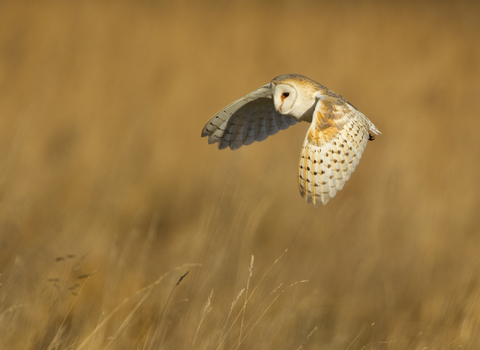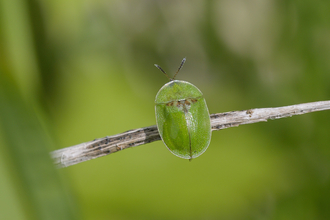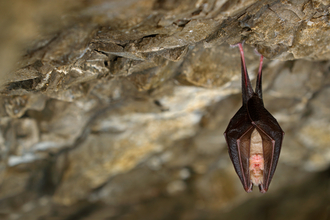Feathers come in different shapes and colours, but they all have a special job. Some keep birds warm, others help them hide or show off, and some let them fly!
WHAT ARE FEATHERS?
Feathers are made from keratin, just like our hair and fingernails. Most feathers are a bit like a tree. They have a hollow “shaft” in the middle, like a trunk. This branches into thinner shafts called barbs, like the branches on a tree. Each of these barbs has many tinier branches called barbules, like twigs.
STAYING WARM
Birds can’t just put on a jumper if it gets chilly, so they have special feathers to help keep them warm. They’re called down feathers, and they are really fluffy!
Down feathers grow close to the body, so they can trap heat against the skin and keep the birds warm even in cold weather. They are hidden beneath a tougher layer called contour feathers, which cover most of the body. These are fluffy at the bottom, but smoother at the top where the barbules (remember, these are the ‘twigs’) lock together to keep out the worst of the wind and rain.
TAKING FLIGHT
Most birds can fly, thanks to massive muscles and special wing feathers. These flight feathers are much longer and stiffer than the contour feathers. They let the birds push against the air by flapping, or glide by changing the way that air flows around the wing. Tail feathers are usually stiff too, used for steering and braking.
Owls have amazing wing feathers that let them fly silently, so they can sneak up on their prey. The front edges of the feathers have spikes like a comb. These stop the air from making a whooshing sound.
DRESS TO IMPRESS
Colour is important for birds. Some, like nightjars, have dull-coloured feathers to help them blend in with the ground or trees, so predators don’t spot them. Others have bright feathers to help them attract a mate or scare off rivals. Some even have feathers just for displaying, like the great crested grebe, which puffs up the feathers around its neck like a lion’s mane.











